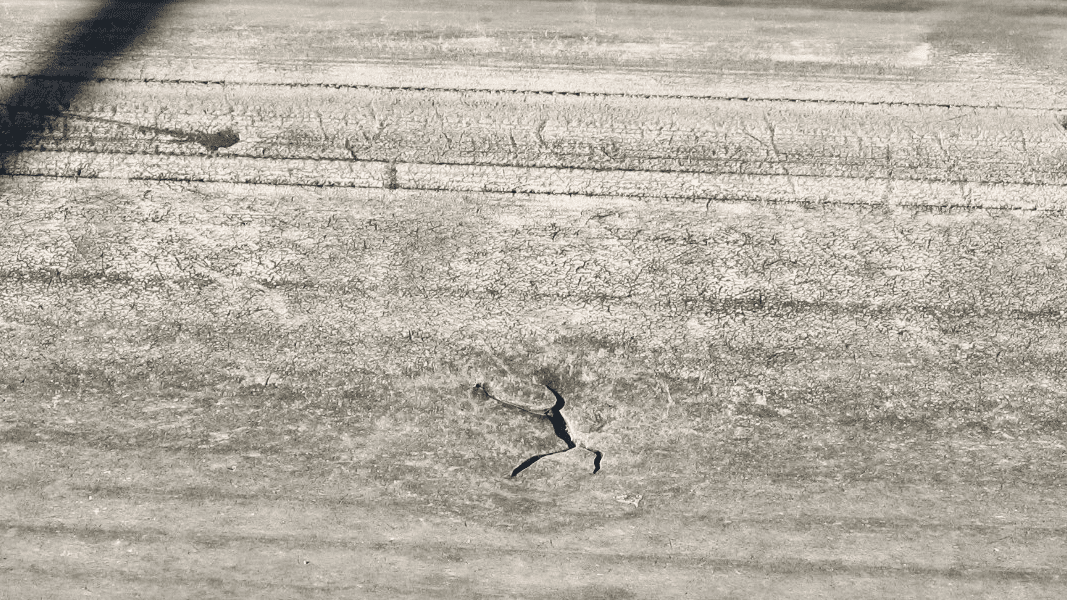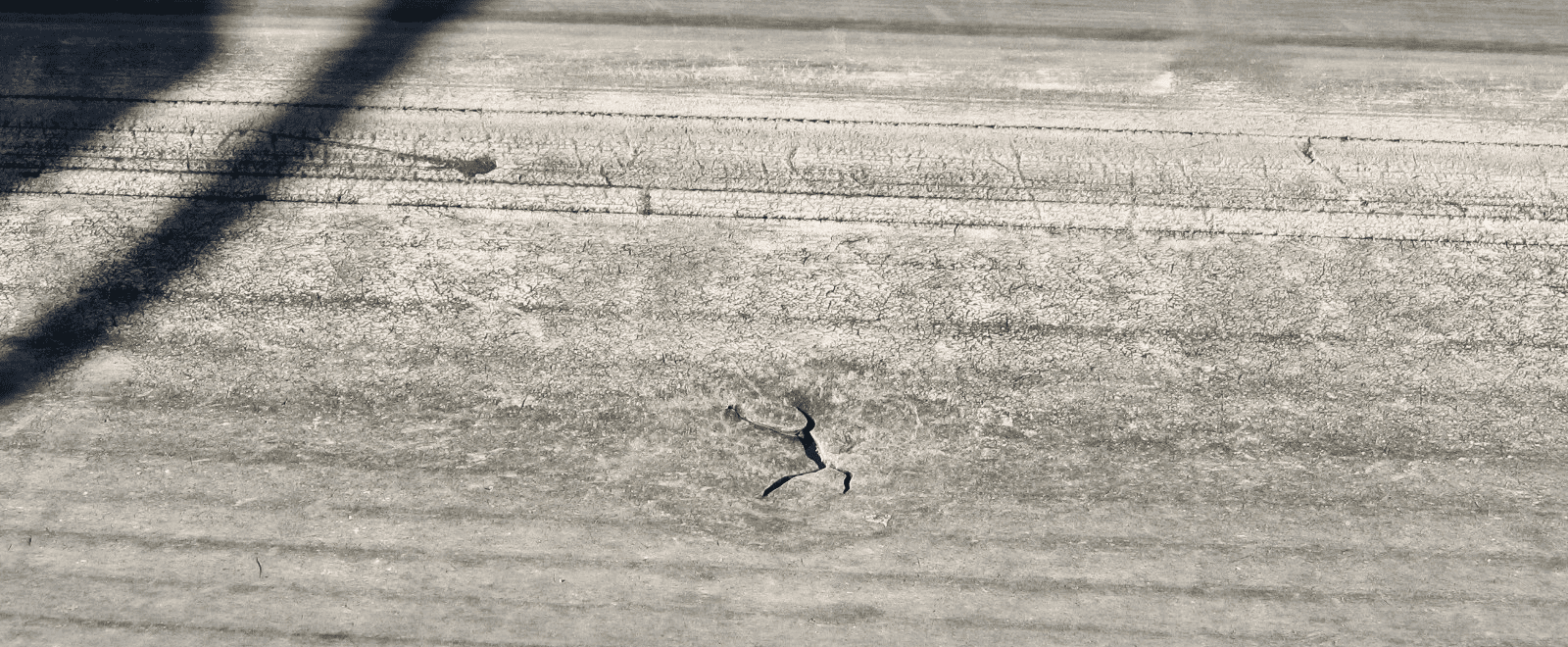Conveyor belts are critical components in many industrial material handling applications. However, over time normal wear and tear can lead to reduced performance and unplanned downtime. Understanding what causes conveyor belts to wear down and how to mitigate it through prevention and maintenance is key to maximizing belt life.

Causes of Conveyor Belt Wear
There are several factors that contribute to wear and degradation of conveyor belts:
Abrasion
Repeated abrasion from the materials being carried on the belt surface will cause gradual abrasive wear over time. Materials like rocks, ores, and granular products with sharp edges have high abrasion potential. The abrasiveness of the material and length of contact affect wear rates.
Impacts
Belt damage from impacts such as falling material can gouge, cut and puncture the belt surface and carcass leading to ripped covers and damaged fabric. This is common in applications conveying large heavy objects.
Environmental Exposure
Exposure to ozone, sunlight, high temperatures, and certain chemicals can degrade the rubber covers and fabrics in a conveyor belt carcass leading to cracking and diminished performance.
Tracking Issues
Belt tracking problems that lead to mistracking and belt edge damage will wear down the edges and fabric of the belt. The outer pulley cover rubber may also become damaged.
Belt Stretch
Normal gradual stretch of the belt over time results in loose belts and increased wear. Take-up systems help mitigate this cause.
Prevention Tips for Reduced Conveyor Belt Wear
Implementing good housekeeping, maintenance, and belt selection practices can extend the usable life of your conveyor belts:
- Optimize material loading and transfer points to minimize impact damage. Use rubber impact bars where needed.
- Keep belts properly tracked and aligned to avoid edge damage. Inspect and maintain pulleys/idlers.
- Use belt cleaners like primary and secondary scrapers to remove carryback. Avoid buildup.
- Monitor tension and use take-ups to maintain proper tension as belts stretch. Don’t over-tension.
- Select the right belt construction for the application loads and conditions. Get supplier guidance.
- Inspect regularly for wear and damage. Repair or replace as needed before failure.
- Follow recommended practices for vulcanizing belt splices during repairs and installation.
- Store spare belts properly away from sunlight, moisture, oils and chemicals when not in use.
Implementing these conveyor belt wear prevention tips and following manufacturers’ recommendations will maximize the working life of your belts. However, belts are a normal wear item. So be sure to budget and plan for periodic replacement as part of your maintenance program. With vigilance, you can optimize the service you receive from conveyor belt investments.
Get conveyor belt upgrades, repairs, and maintenance from Lakhotia India‘s experienced service crews. Contact us for emergency call out service.


